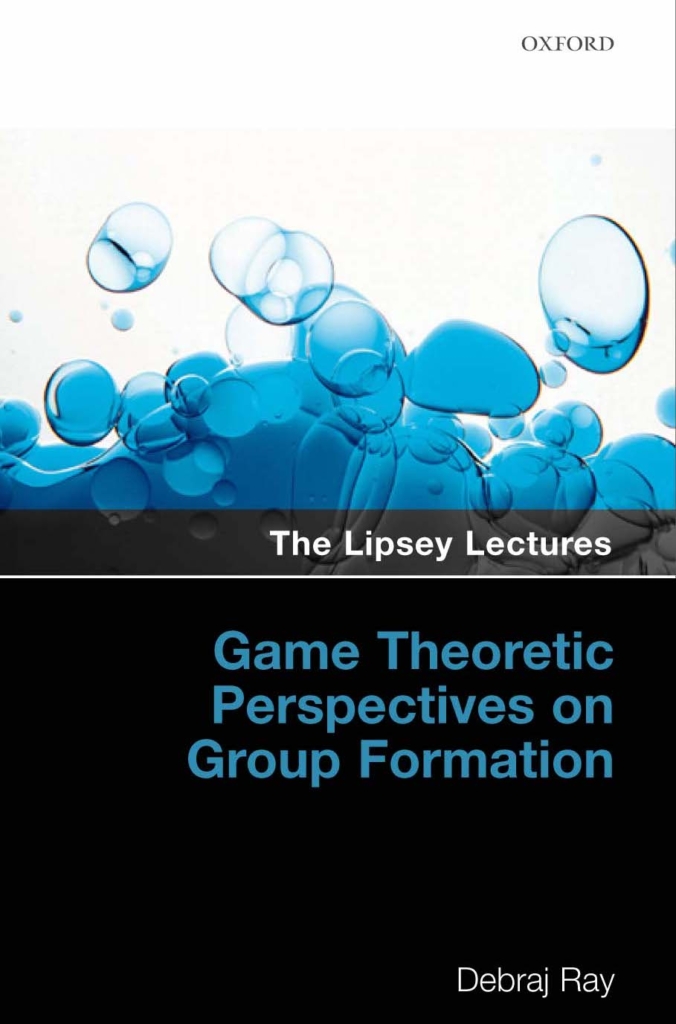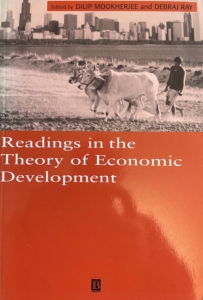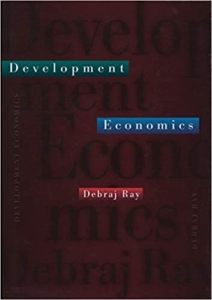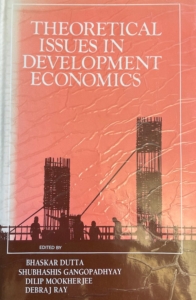(with Marek Weretka), March 2024.
Summary. This paper studies contracting between a principal and multiple agents. The setup is classical except for the assumption that agents have interdependent preferences. We characterize cost effective contracts, and relate the direction of co-movement in rewards — “joint liability” (positive) or “tournaments” (negative) — to the assumed structure of preference interdependence. We identify two asymmetries. First, the optimal contract leans towards joint liability rather than tournaments, especially in larger teams, in a sense made precise in the paper. Second, when the mechanism-design problem is augmented by robustness constraints designed to eliminate multiple equilibria, the principal may prefer teams linked via adversarial rather than altruistic preferences.

 (co-edited with Amitava Bose and Abhirup Sarkar), Oxford University Press, 2001.
(co-edited with Amitava Bose and Abhirup Sarkar), Oxford University Press, 2001. (co-edited with Dilip Mookherjee), London: Blackwell, 2000.
(co-edited with Dilip Mookherjee), London: Blackwell, 2000. Princeton University Press, 1998.
Princeton University Press, 1998. (edited with Bhaskar Dutta, Jan Potters, T. Parthasarathy, T. Raghavan, and Arunava Sen), Kluwer Academic Publishers, 1997. Proceedings of a conference in game theory at the Indian Statistical Institute, New Delhi.
(edited with Bhaskar Dutta, Jan Potters, T. Parthasarathy, T. Raghavan, and Arunava Sen), Kluwer Academic Publishers, 1997. Proceedings of a conference in game theory at the Indian Statistical Institute, New Delhi. (edited with Bhaskar Dutta, Shubhashis Gangopadhyay and Dilip Mookherjee), Oxford University Press, 1992.
(edited with Bhaskar Dutta, Shubhashis Gangopadhyay and Dilip Mookherjee), Oxford University Press, 1992.